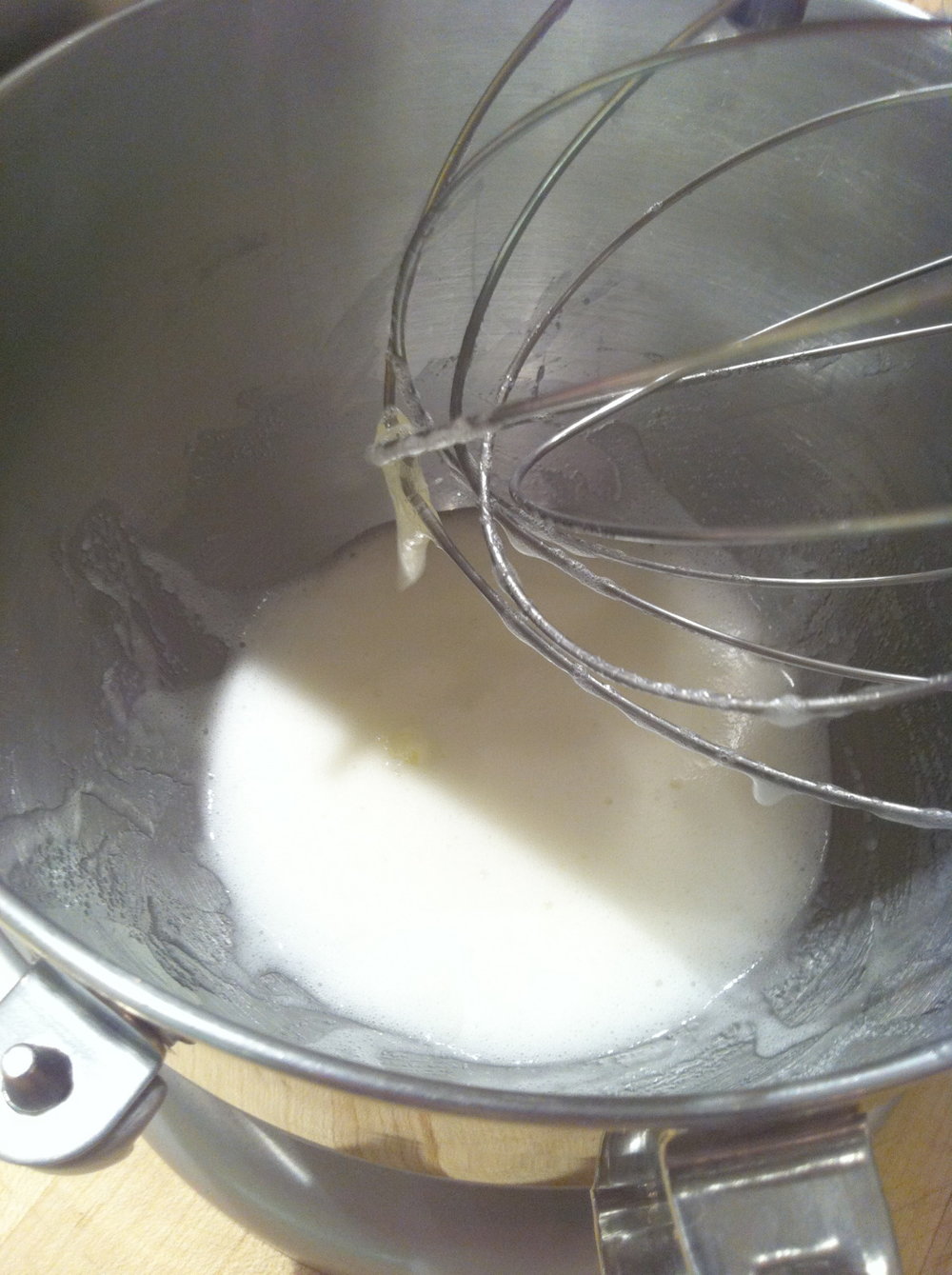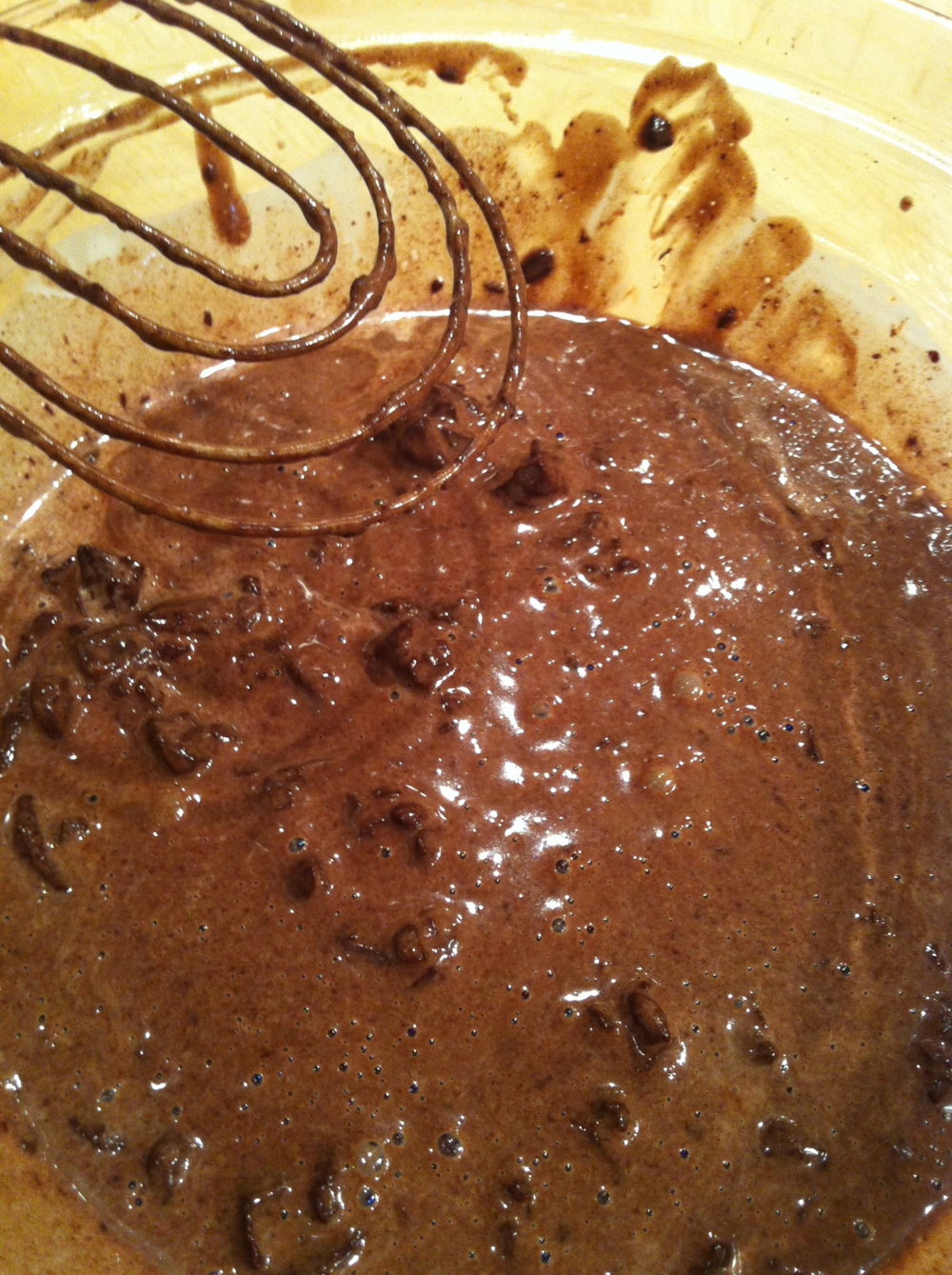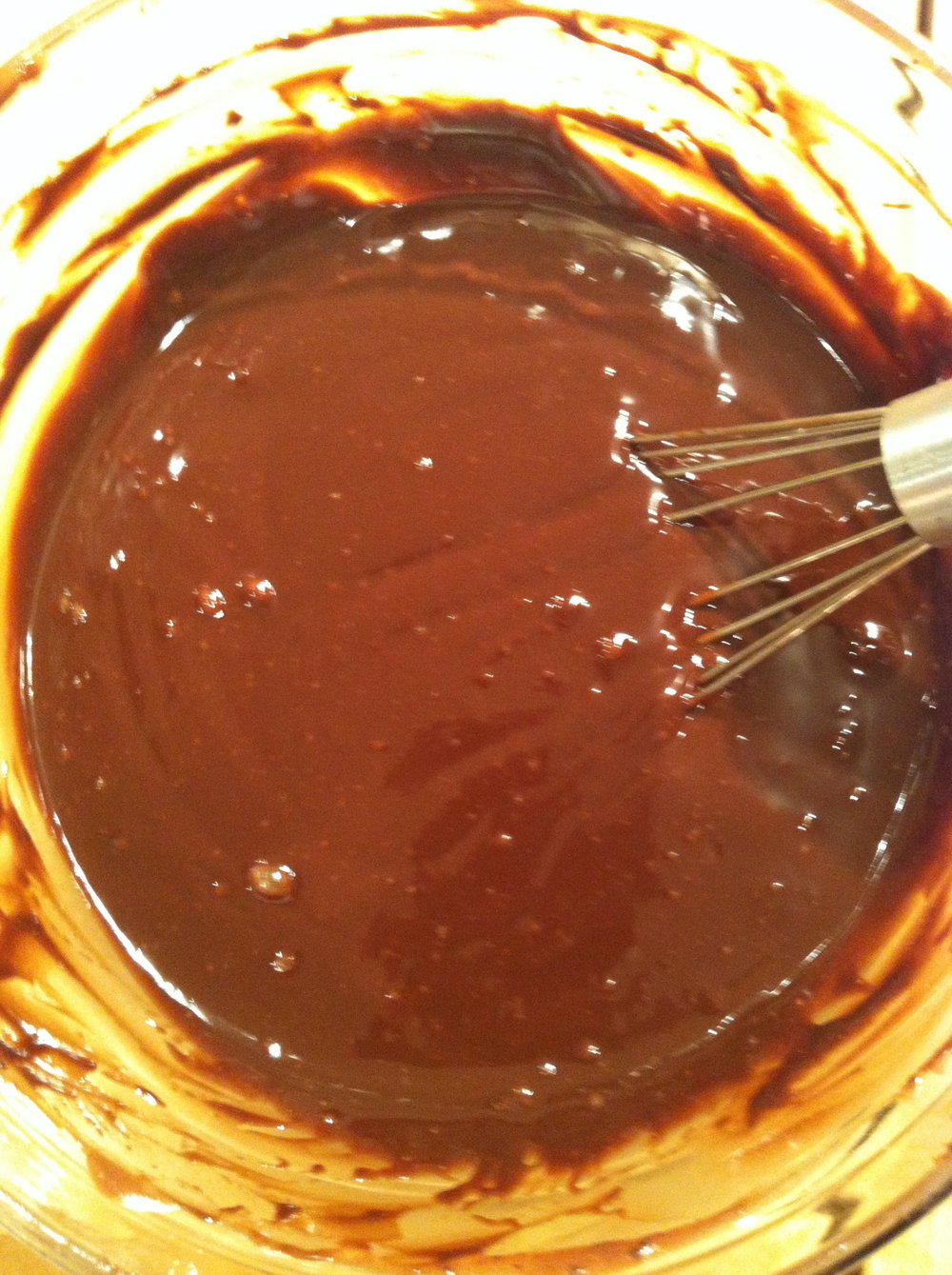 Sweetcakes went to a hands-on baking class at Sur La Table. The Salt Lake City store has a wonderful chef, Andrew, who makes the class fun, because he knows his stuff, and he shares that knowledge in a helfpul manner.
Sweetcakes went to a hands-on baking class at Sur La Table. The Salt Lake City store has a wonderful chef, Andrew, who makes the class fun, because he knows his stuff, and he shares that knowledge in a helfpul manner.
Screwing up the recipe is okay, because Andrew usually is able to help fix things to avoid complete disaster, and he explains why and how to adjust to get it right. Just the person I wanted to take a class on a complex cookie such as the macaron.
On the menu:
- Violet Macarons with Dark Chocolate Ganache
- Pistachio Macarons with White Chocolate-Rose Ganache
- Hazelnut Macarons with Espresso-Chocolate Ganache
There are plenty of good recipes out there, and this Martha Stewart recipe looks good, as does this Epicurious recipe. Let me highlight some of the tips for success that the nine of us learned in class. (By the way, the class was set up with four workstations, to make sure everyone had hands-on work time with the recipe. A good format. I do recommend taking classes from the store. (Disclosure: Sur La Table isn't paying me to say that. I wouldn't mind if they did!)

Sift the almond flour mixture twice, using a large sieve, not a mesh strainer. A mesh strainer will seperate the ingredients again, and create more of a paste consistency (think peanut butter) than you want.

Use old eggs. Seperate the eggs 48 hours beforehand, and make sure the egg whites are out well in advance of cooking time. I'm still a tiny bit worried about leaving them out for the 48-hour time period, but supposedly, it's okay. (And at this point, I've eaten several finished macarons with no problemos.)
Keep the mixture dry. Add cream of tartar to help do this. Add egg white powder if it's humid.

Mix the liguids together until they're foamy. Then whip them on high. Metal pan, metal whisk, please. Chemistry says so.

Whip on high until the mixture has stiff peaks, not like soft ice cream. The bottom of the bowl will start to feel warm.

Chef Andrew says the peaks are just right.

Add food coloring paste, and make sure the color is much darker than the color you would like the final result to be. Don't overmix. Sift in the dry mixture, and fold in, again not overmixing.

Pipe the mixture onto cookie sheets lined with parchment paper. For class, we had 8X10 templates that helped us to make cookies uniform in size. (Note: remember to pull them templates off the sheet before baking.)
A straight up-and-down motion when piping is incredibly important in making sure the cookie forms uniformly, and isn't higher on one side than the other. Also, it helps to make the lovely foot that indicates the cookie has the right consistency. Gotta also make sure to push the little swirl on the top of the cookie down before the skin starts to form. Depending on how warm the room is, that might happen quite quickly.
Let the cookies sit for half an hour before putting them into the oven.

This is the hazelnut version, which was the second batch we made in class. Half of the class made this one, the other half made pistachio macarons. (It was St. Patty's day, dont you know.)

Because we'd had a little practice with the first batch, these had a better consistency and piped out better. Another good tip from Andrew: To kick some of the air out of the batch before letting them sit, bang the sheet straight down onto the table three times, hard and fast.

Here's the ingredients for the espresso ganache.

First, melt cream on the stove, then pour it over the chocolate and other ingredients. Let it sit for a minute, then stir. (One good thing to know, learned the hard way: My group jumped the gun on the process. The milk wasn't hot enough, and we started stirring immediately. A few seconds in the microwave made it all better.)

Tasted as good as it looks, the ganache. Deelish.

Assemble the cookies, using just a little bit of ganache so that it doesn't squish out of the sandwhich.
Look at the feet and the sheen on those cookies.
After a few tastes, patience is required. Twenty-four hours or a little more, in an airtight container in the fridge. You want the cookie to settle in to itself. It's tough but worth it.
Cheers!
Recipe: Sur La Table Class recipe, adapted.
Reading: Lunch in Paris: A Love Story by Elizabeth Bard. Take a look at her Lunch in Paris blog, too.
